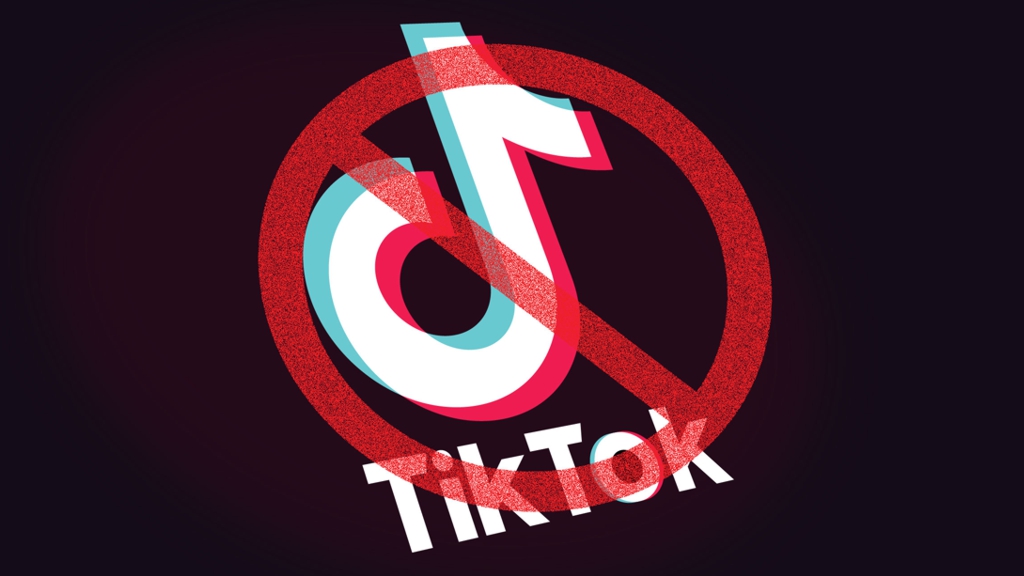The House of Representatives on Feb. 27 overwhelmingly voted to make manufacturers tell consumers if an Internet-connected device comes with a camera or microphone, with enforcement left to the Federal Trade Commission.
That requirement does not cover certain devices, such as “a telephone (including a mobile phone), a laptop, tablet, or any device that a consumer would reasonably expect to have a microphone or camera.”
A motion to suspend the rules and pass H.R. 538 flew through the chamber with 406 yeas and 12 nays: 201 Democrats and 205 Republicans voted for it, while 12 Republicans voted against it. 15 representatives didn’t vote.
The motion’s opponents include a number of well-known conservative and libertarian lawmakers.
Rep. Thomas Massie (R-Ky.), Rep. Dan Bishop (R-N.C.), Rep. Andy Biggs (R-Ariz.), and Rep. Chip Roy (R-Texas) all voted against it.
The Epoch Times has reached out to those lawmakers to learn why they opposed the motion.
“This is a relatively straightforward bill,” said Rep. Gus Bilirakis (R-Fla.), a supporter of H.R. 538.
“Internet-connected devices are becoming increasingly present in our lives, and it’s important for people to understand what they’re buying.”
Rep. Frank Pallone (D-N.J.), another supporter of the measure, told his colleagues about the rapid speed and massive scale of the Internet of Things (IoT) revolution in consumer products.
“Today, the average American home has 11 Internet of Things, or IoT, devices,” Pallone said.
Yet, Pallone’s numbers appear to be out of date.
A recent Deloitte survey suggests the number of Internet-connected items is even higher, at 22 smart devices per home as of 2022.
“We must ensure that the IoT revolution does not come at the expense of consumers’ privacy,” said Pallone. He went on to describe reports that IoT-connected devices are recording users without them being aware.
The danger of smart devices extends beyond the threat from petty scammers and data-hungry corporations.








